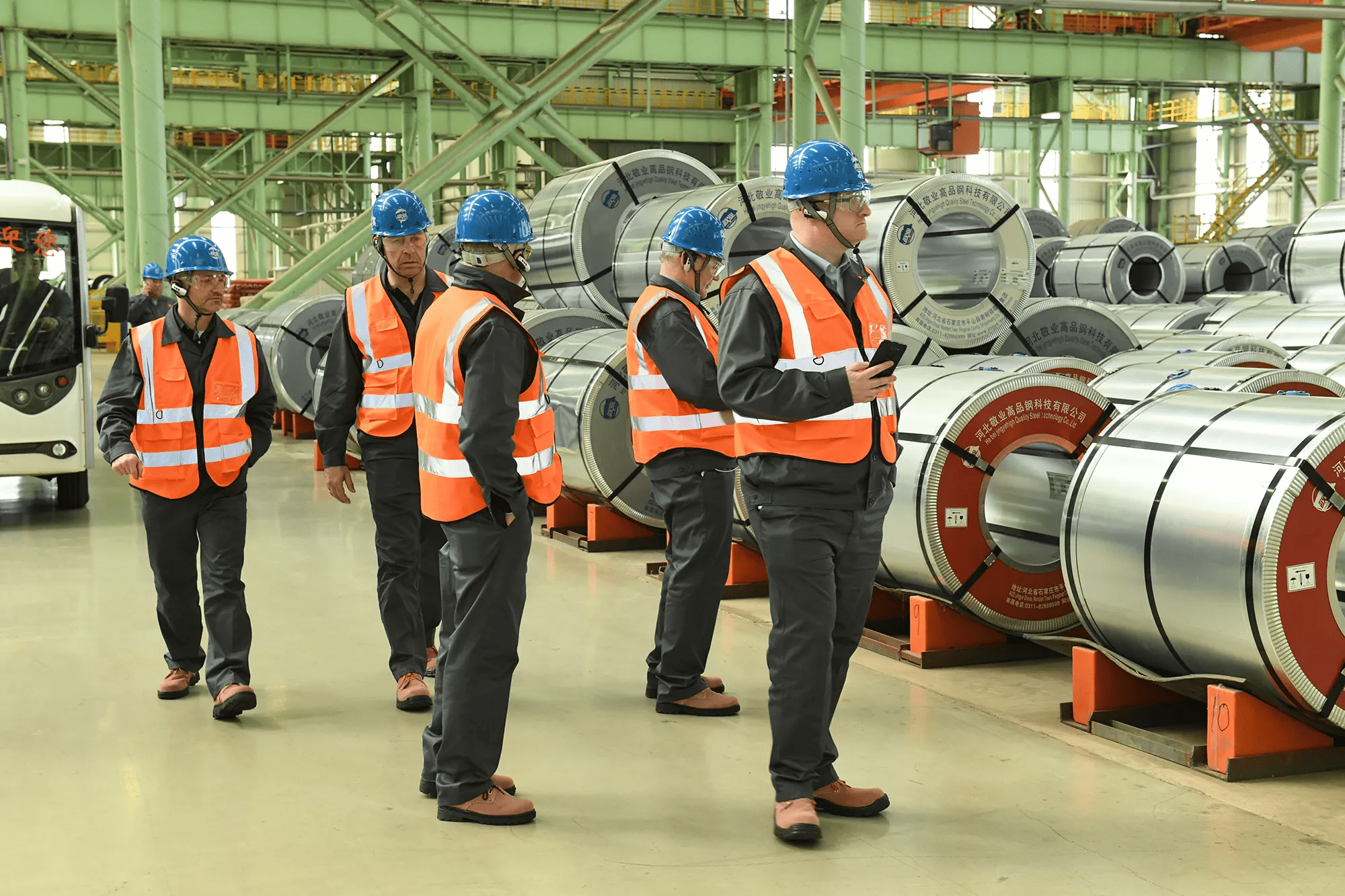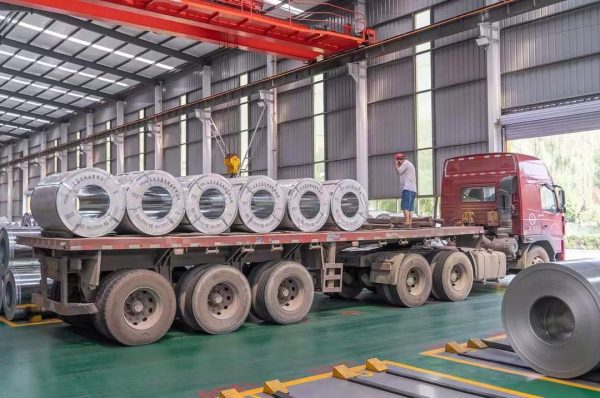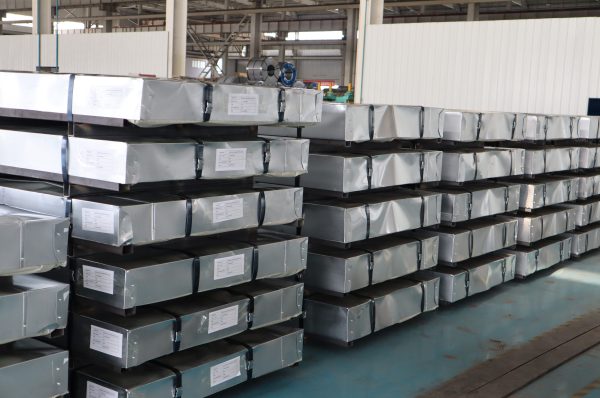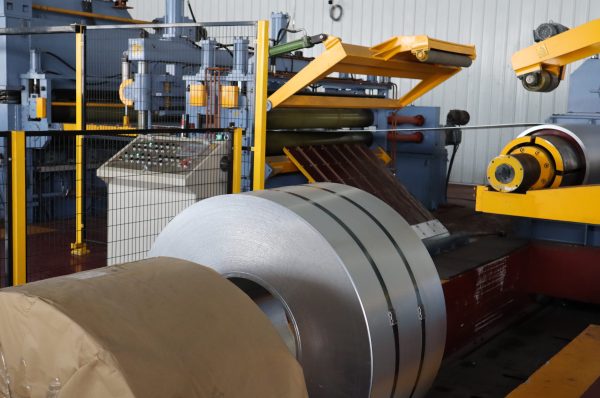Cold-rolled steel refers to low-carbon steel produced by a “cold rolling” method and processed at near normal room temperatures. Cold-rolled steel offers superior strength and machinability. Cold-rolled steel sheets are commonly used for engineered products where tight tolerances, concentricity, straightness and coated surfaces are required.
The term “cold rolled” actually refers to the product name of flat-rolled sheet and coil products.
Cold-rolled steel is produced in cold reduction mills where the material is cooled at near room temperature, followed by annealing and/or tempers rolling. This process produces steel that has a wide range of surface finishes and is superior in tolerance, concentricity, and straightness compared to hot-rolled steel. Cold-rolled steel contains a low carbon content, and an annealing method makes them softer than hot-rolled sheet. Cold-rolled steel products are commonly produced in sheets, strips, bars and rods. Cold-rolled products are generally smaller than the same products produced by a hot-rolled method.
Cold-rolled steel sheets and strips are available in full-hard, half-hard, quarter-hard and skin-rolled conditions. Among these conditions, full-hard rolling reduces the thickness almost 50%, while the others are thicker. Skin-rolled steel stock is commonly used in subsequent cold-working methods where good ductility is required.
Other shapes can be cold-rolled if the cross-section is relatively uniform and the transverse dimension is relatively small. Cold-rolled shapes are processed in a series of shaping operations. This is usually done along the lines of sizing, breakdown, roughing, semi-roughing, semi-finishing and finishing.
Cold-rolled steel is used for a variety of products ranging from home appliances like refrigerators and washing machines to industrial machinery, architectural components, automobiles and a variety of construction-related products. Cold-rolled steel is an indispensable material in our modern society. Cold-rolled steel exhibits corrosion resistant properties. Smoother surface finishes are more corrosion resistant.




